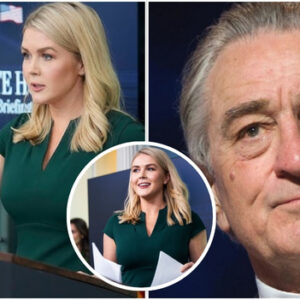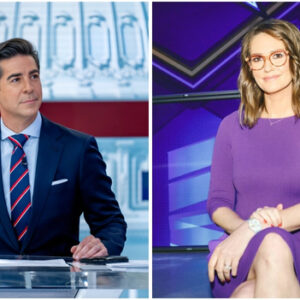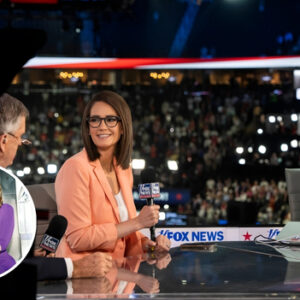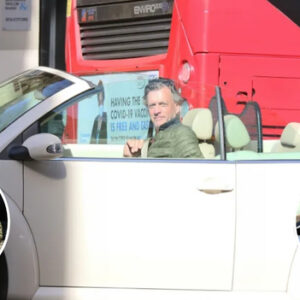
The HEMI’s disappearance also marked the end of the line for the Super Bee. The Road Runner, on the other hand, soldiered on through 1975 as a midsize and then as a package on the compact Volare until 1980.
The Road Runner was by far the most popular of the two during the muscle car era. Plymouth sold nearly 176,000 units from 1968 to 1971, whereas Dodge delivered 56,202 examples over the same period. And even though it’s significantly rarer than the Road Runner, the Super Bee remains a relatively affordable classic, with only a few examples auctioned off for six-figure sums.
As you might have already guessed, it’s the HEMI Super Bee that usually fetches more than $100,000, but a handful of A12 Six Pack models have also exceeded that mark. The base 383-cubic-inch (6.3-liter) V8 cars, on the other hand, can be had for much less than that. But that may change after a restored 383 hardtop sold for more than $100,000 at Mecum’s Harrisburg 2024 auction.
A rotisserie restoration to factory-correct specs, this pink 1970 Super Bee changed hands for $154,000 (including fees). Not only is it the first 383-powered Super Bee to trade for six figures at a public event, but it’s also among the most expensive examples ever auctioned. What makes it so desirable since it’s one of 14,202 383 cars produced that year? Well, apparently, it has something to do with the Pink Panther paint.
A short-lived spring color during the 1970 model year, Pink Panther was the least popular hue on Mopar muscle cars. It was considered too feminine for a high-performance vehicle at the time. There’s no precise information about how many Dodges were ordered in FM3, but experts agree that only a few hundred rolled off the assembly line. I’m talking about all nameplates here, including the Charger, Coronet, Challenger, and Dart.
Whoever ordered this Super Bee also chose a white interior and a white roof, a combination that makes it a unique rig, according to the Chrysler registry. It doesn’t necessarily mean it’s the only one sporting this color combo, but until a second car pops up, this Super Bee is the only known 1970 hardtop with this layout. But it’s safe to say that the four-speed manual and the options make it a true one-of-a-kind classic.
Restored over two years, the Super Bee packs a numbers-matching 383 V8 rebuilt by Max Machine, new suspension components rebuilt to factory specifications, and correct assembly line markings throughout. It’s what many would describe as a Concours-ready vehicle. And I know some of you won’t agree, but this thing is downright gorgeous.
Back to the record I told you about, this Super Bee is the most expensive 383-powered car ever sold at a public auction. I’m not talking about the 1970 version only; it applies across the entire Super Bee timeline (1968-1971). It’s also the second most expensive 1970 Super Bee and the ninth priciest regardless of the model year. And yes, this pink Mopar fetched more dough than several HEMI-equipped rigs.





